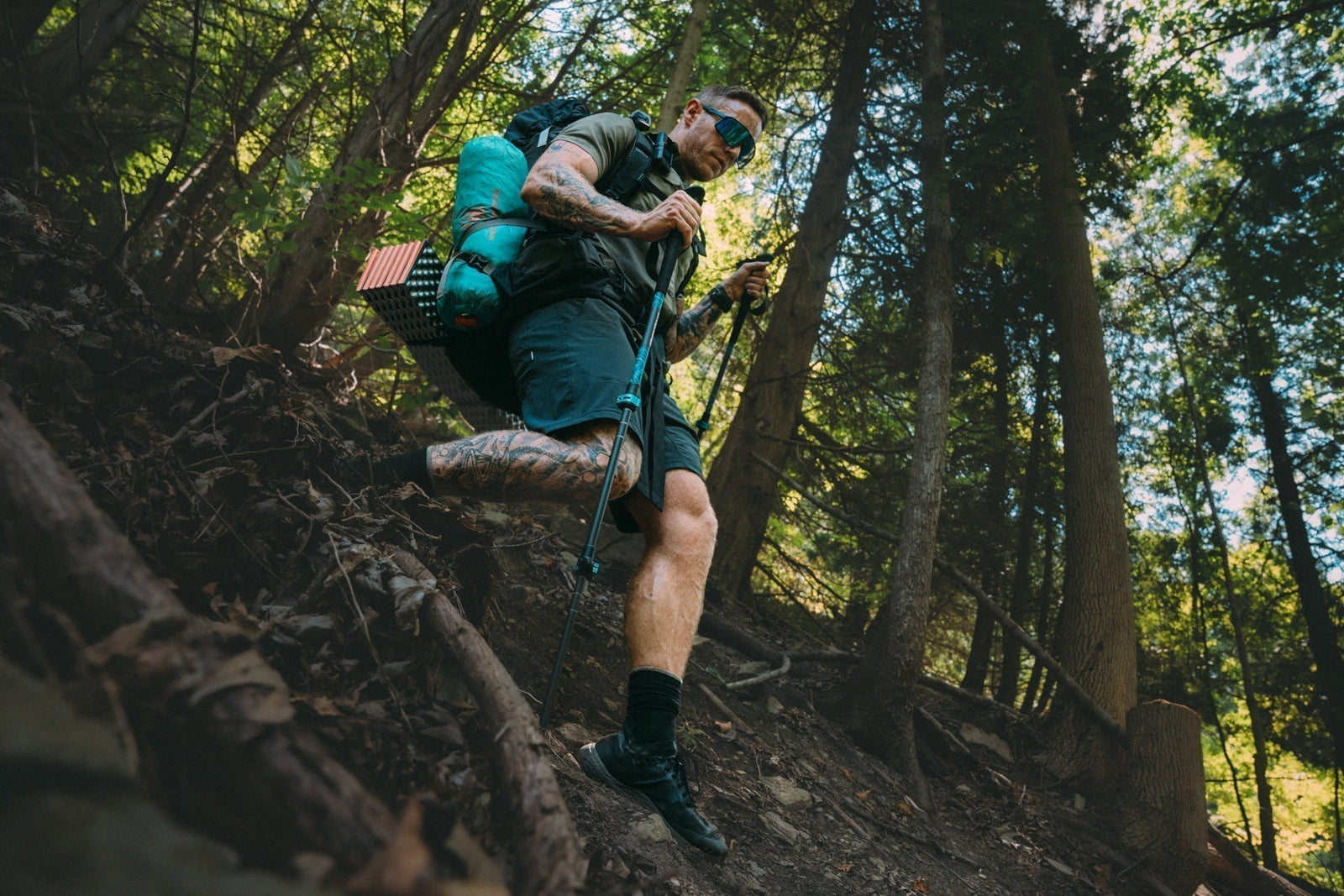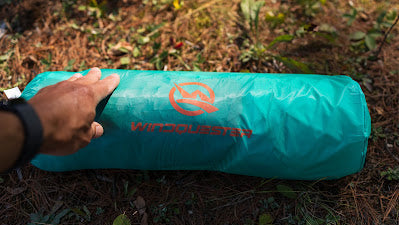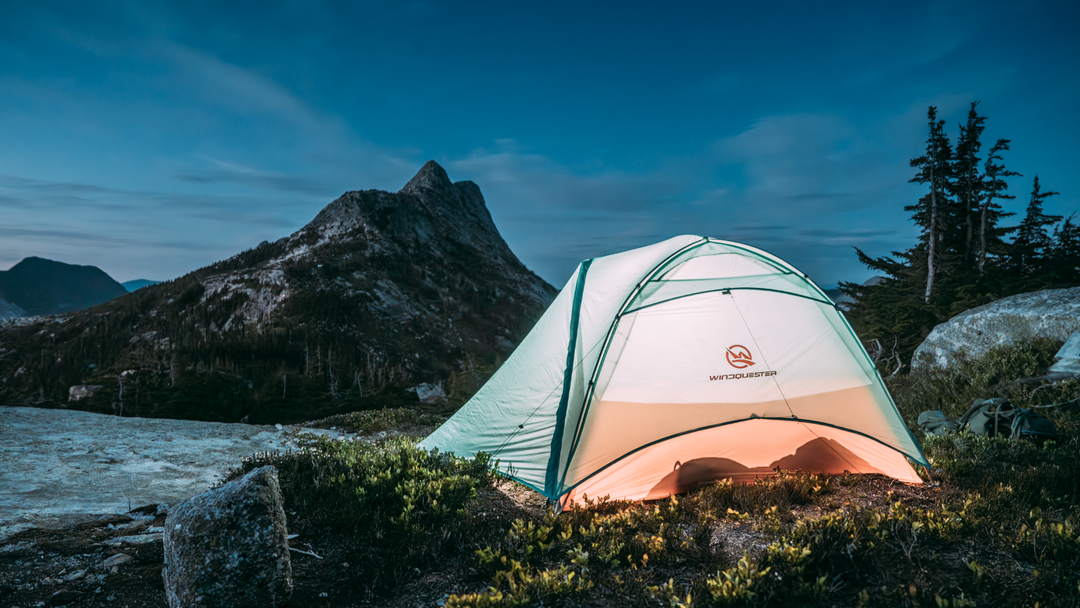WindQuester Field Notes from B.C.

Field Testing & Design Trade-offs|One Week from Coastal Rainforest to the Snowline
I. Why B.C.?
Load cells, climate chambers, and spreadsheets matter. But the mountains of B.C. are unforgiving. Rain is continuous, wind carries salt, rocks wear moss, and nighttime cold needles into every seam.
II. Three B.C. Terrains Where Gear Gets “Punched Through”
1) Squamish Rainforest|Humidity, mud, and slick rock
- Feel: Humidity near 100%. Pole tips sound dull on wet granite.
- Trail: Mud–root–moss repeats endlessly.
- Focus: Waterproofing, lock torque after water ingress, wet grip.
2) Garibaldi Alpine|Below the snowline
- Feel: Freeze by night, melt by day.
- Hardware: Metal grows frost if not dried; valves feel gummy.
- Focus: Carbon brittleness, valve usability, torsion strength.
3) Vancouver Island Coast|Wind + salt + sand
- Feel: Salt wind sands your face.
- Fabric: Fly drums like a snare; salt bloom dusts hardware.
- Focus: TPU coating vs. salt fog, corrosion resistance.
IV. Findings & Trade-offs
| Item | Field Problem | Our Design Decision | Change | Impact |
|---|---|---|---|---|
| Sleeping pad base | Salt erosion in wet forest | 20D → 40D nylon + TPU | +42 g | Higher abrasion resistance |
| Valve | Frozen valve in gloves | Larger single valve | +3 g | Faster operation |
| Trekking pole | Rock impact & torsion | Thicker lower carbon, torque indicator | +12 g | Better strength |
| Tent fly | Wet weight rises overnight | Upgrade DWR formula | +0 g | ~30% faster drying |
| Handle | Wet grip slippery | EVA + drainage channels | +6 g | Better wet hold |
FAQ
Q: Why field-test instead of relying on lab data?
A: Because lab numbers don’t show how materials behave in real humidity, mud, or salt. Field use exposes the weak links early.
Q: What did you learn about carbon poles?
A: That a few extra grams in the lower shaft dramatically improve point-impact strength and torsional control.
Q: Will these design changes affect weight?
A: Slightly—typically +10–15 g per pair—but durability and user confidence rise sharply.






Leave a comment